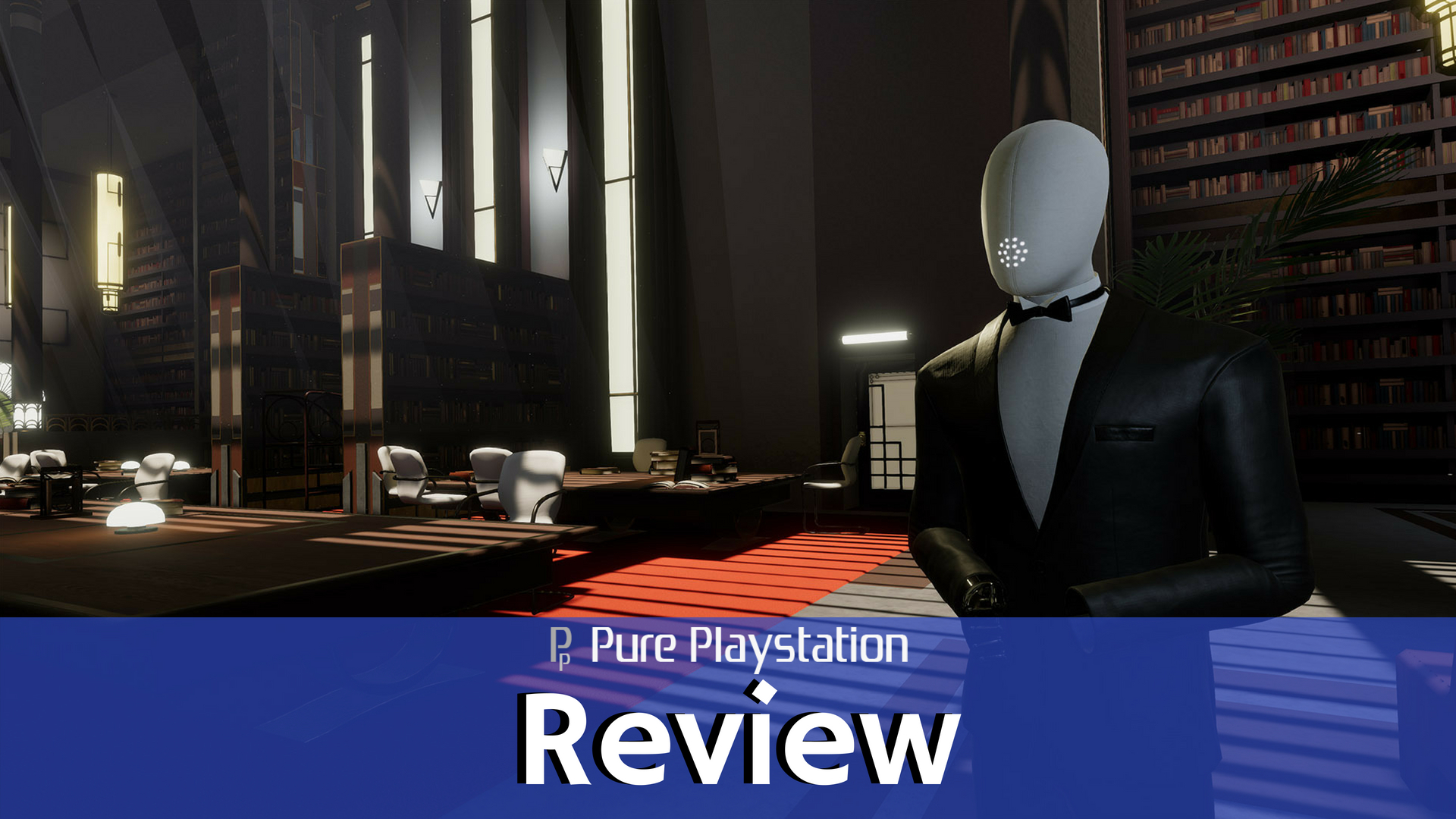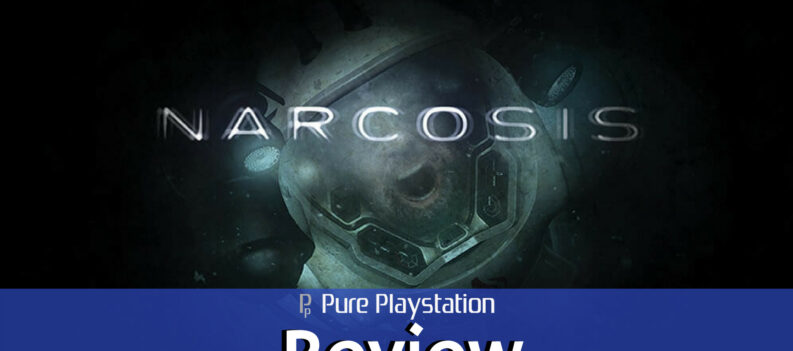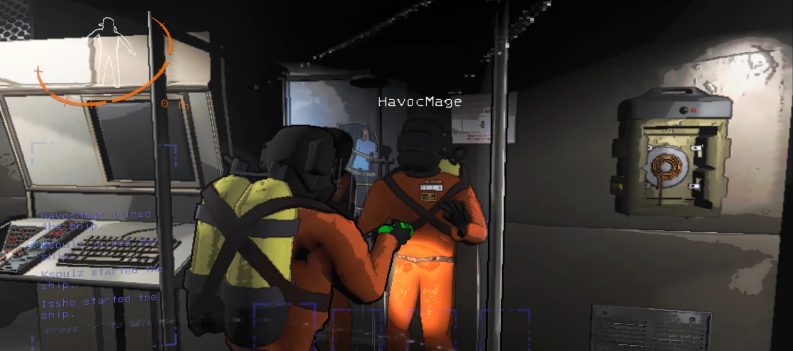The prototype for first-person narrative-driven puzzler, The Spectrum Retreat, won creator Dan Smith the BAFTA Young Game Developer award in 2016. This accolade grabbed the attention of publisher Ripstone who helped Smith’s passion project reach its full potential, enabling the game’s aesthetic and voice acting to match the quality of its narrative and puzzle design.
Awoken by a knocking, you find yourself in the Penrose Hotel, unaware of why or how you got there, and upon answering the door are greeted by a mannequin-like android in a suit who welcomes you and invites you for breakfast. This rude awakening will be the first of many during your stay, as days each starts in the same Groundhog Day-esque manner.
Making your way through the detailed art deco interior of the hotel you encounter several other android members of staff. The oddly sanitised feeling of your environment paired with the unsettlingly friendly faceless androids sets an immediate tone of unease. You soon receive a call from a mysterious women named Cooper who suspects you are being held against your will.
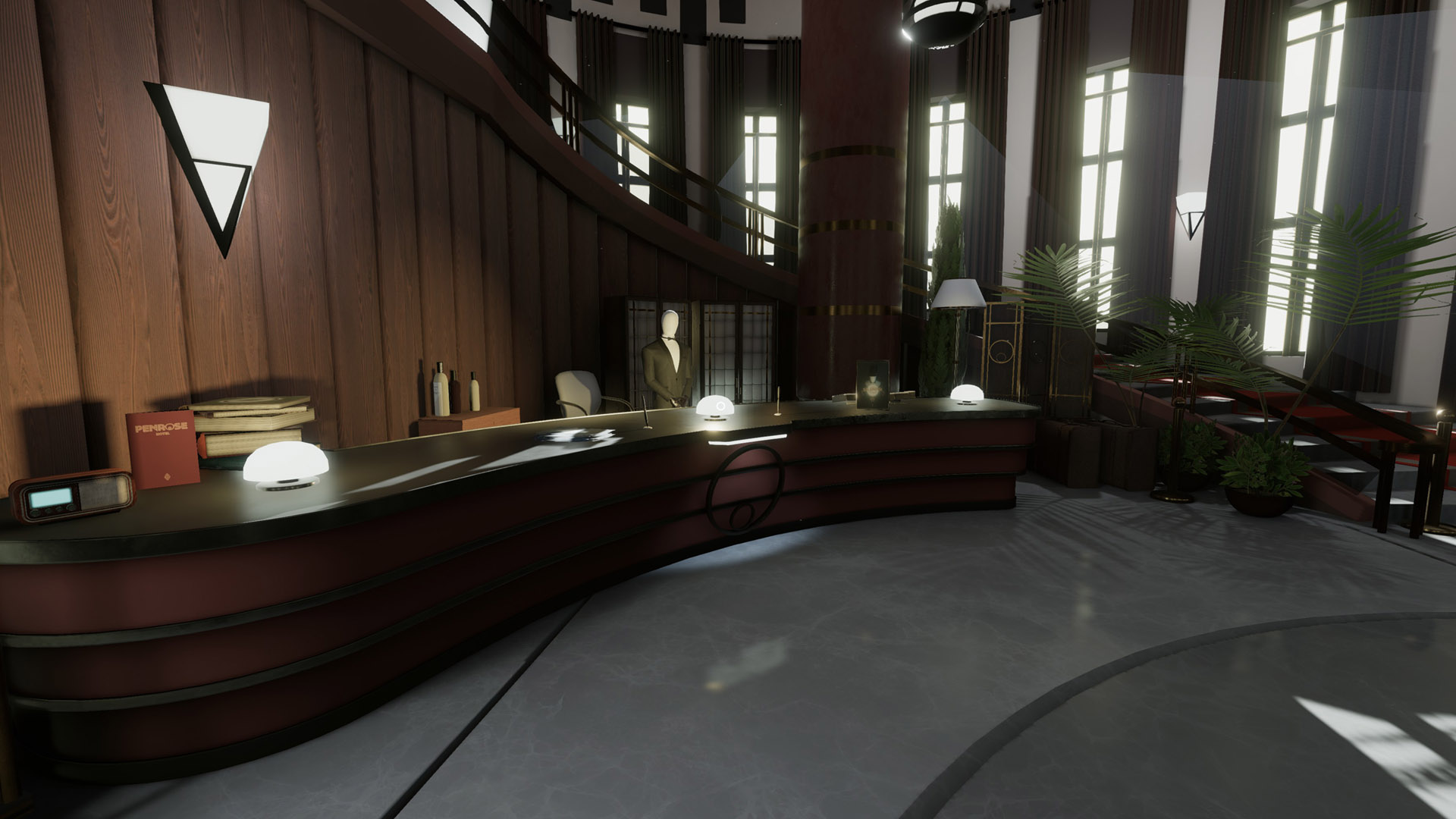
Reaching the roof to escape the Penrose acts as your goal as you work your way through the hotels five floors with Cooper as your guide. Completing a floor of the hotel consists of bypassing stages of authentication which manifest as colour-based puzzle rooms. But accessing these puzzle rooms is a task in of itself.
Exploring the hotel’s barren annexes to find the four-digit codes needed to access these rooms allows for narrative development via Cooper’s correspondence, convincingly voice acted by Amelia Tyler, which bolsters the atmosphere of anxiety and paranoia. The puzzle rooms however provide the bulk of the game’s content and challenge. This routine of waking up, finding the code and tackling the puzzle rooms lends a sense of repetition to your progress, which accentuates the story’s themes of isolation and desperation.
Every action in the game is intuitively mapped to the right trigger, and this works perfectly in the puzzle rooms. The first floor introduces you to the game’s elegantly simple colour-coordination based puzzle mechanic in well-balanced increments. Starting with just red and white puzzles take a few minutes to figure out and complete, but as new colours are introduced on floor two things get a little more complex.
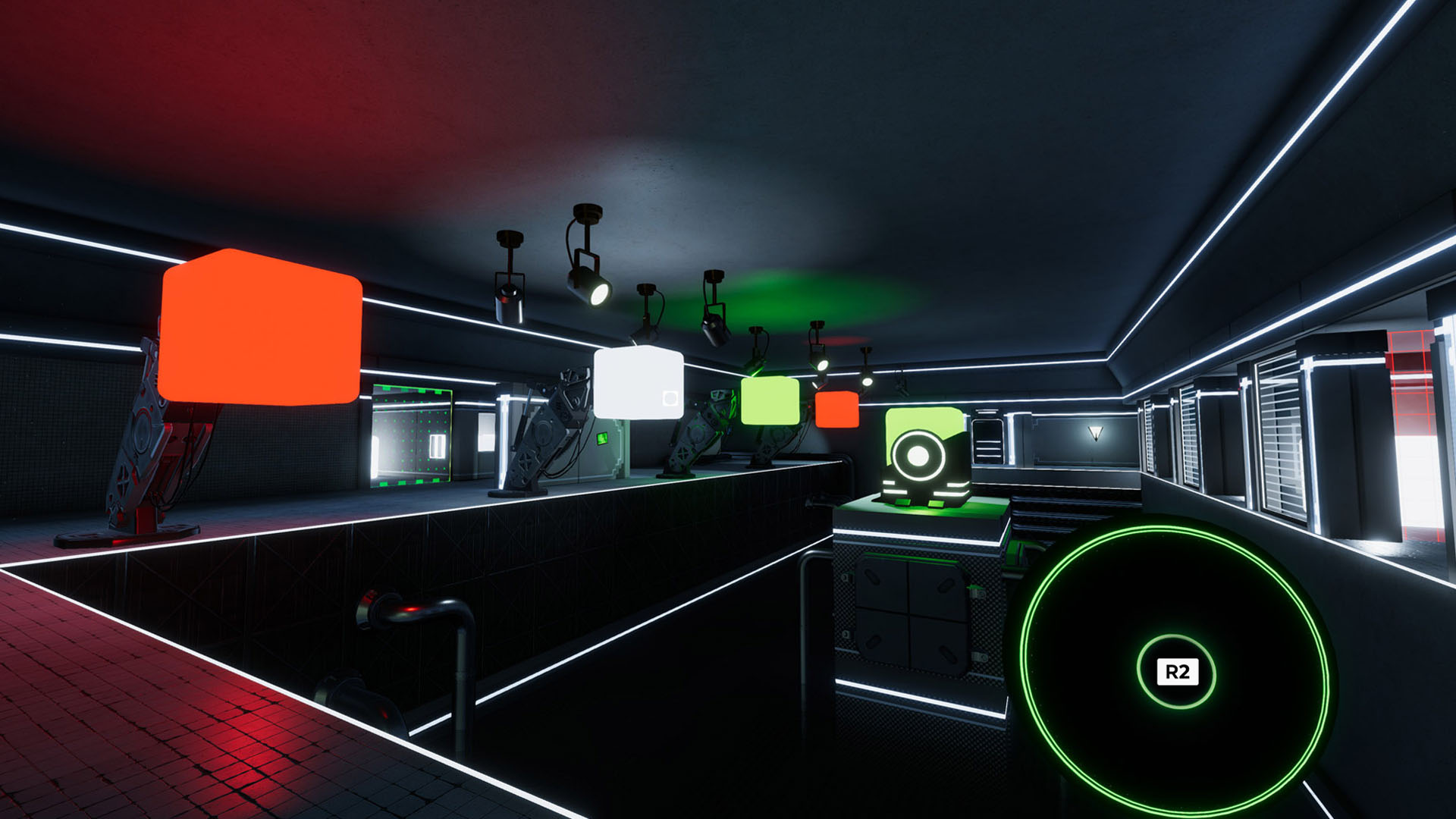
Progressing to floors three and four, the ability to teleport and shift gravity are introduced and then combined, elevating the games latter puzzles to a whole new level of challenge. Each puzzle is sublimely designed with new mechanics being introduced at a perfect pace, keeping the challenge feeling fresh.
Familiar mechanics and systems are constantly presented in new combinations, preventing you from becoming complacent and ensuring you are kept on your toes. The game’s late stages, which have you teleporting back and forth while dealing with several different colours and multiple planes of gravity simultaneously make for some seriously mind-bending conundrums. A clever use of seemingly magical antechambers guide you back towards puzzle objectives, organically guiding you forward.
The solution to these puzzles are often revelatory and immensely satisfying although a few did feel a little clumsy. However, with a total of 33 total puzzles one or two minor design flaws are more than excusable. Floor five’s single puzzle is particularly ingenious. Spread through several rooms along a subway line, it combines every mechanic expertly and tests your knowledge of all that has come before it whilst challenging you to think in new ways.
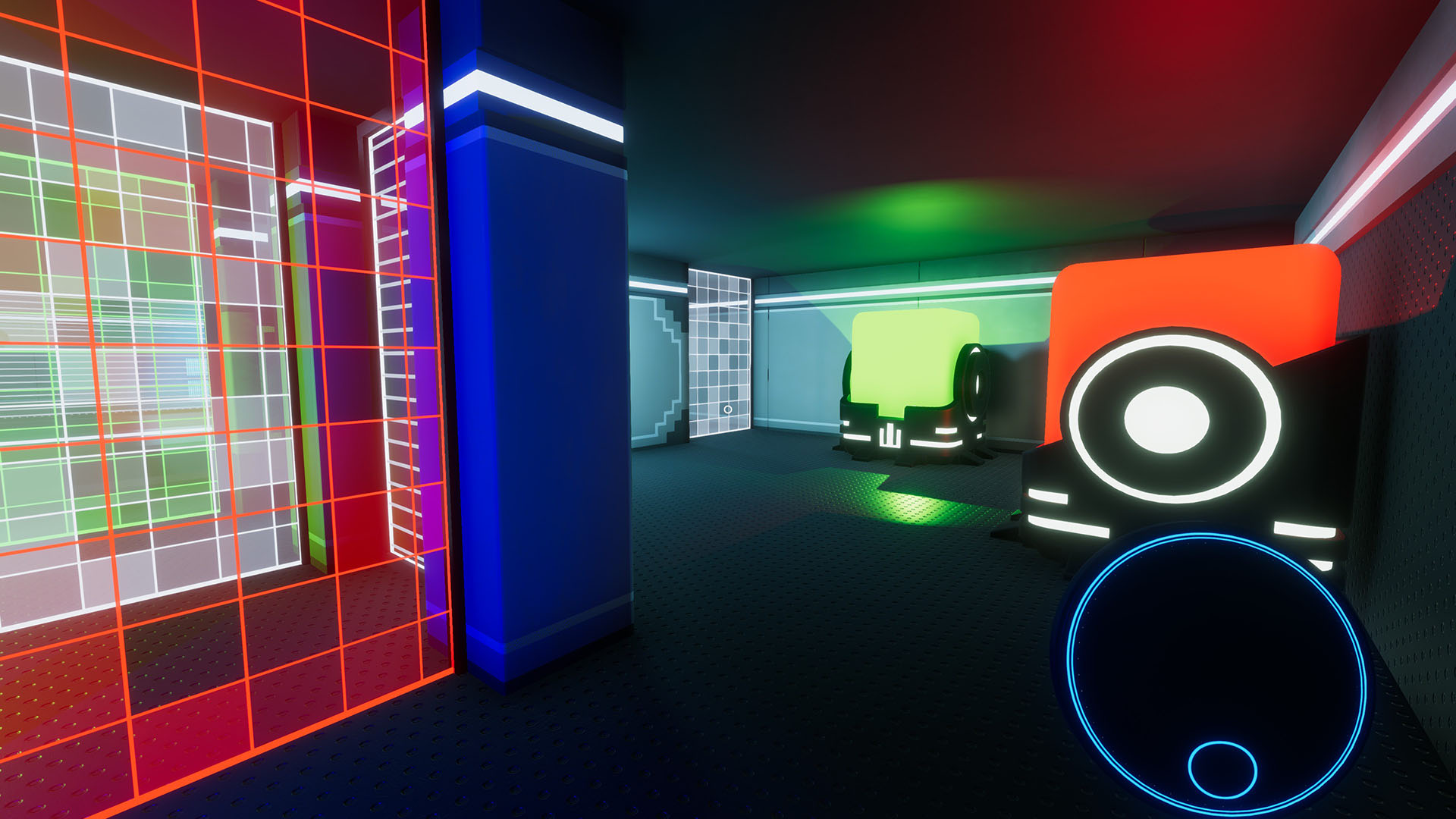
The game’s soundtrack, which blends digital hums and rhythms with sweeping strings and orchestral swells perfectly accompanies moments of both serenity and tension. The driving pulse of the puzzle room’s score is reminiscent of Trent Reznor and Atticus Ross’ work, with crescendos pleasingly punctuating moments of triumph, while the melancholic strings of the game’s main theme reinforce the atmosphere of unease.
Glitches in the puzzle rooms offer cryptic pieces of your external predicament, with medical bills, bank statements and school letters mentioning a child named Robin. These fragments of narrative help tie the utilitarian puzzle rooms to the outside world, reminding you of your ultimate goal. The ambiguity and intrigue of the game’s narrative works well to drive you forward, compelling you to uncover what your role in Robin’s life is and why you are in the Penrose.
The Spectrum Retreat’s final revelation is unexpected and provides an interesting twist which shifts your perspective on your role within this story. With a fresh perspective on the game’s events and two equally tragic possible endings to choose from, this approximately 7-hour experience is certainly worth replaying.
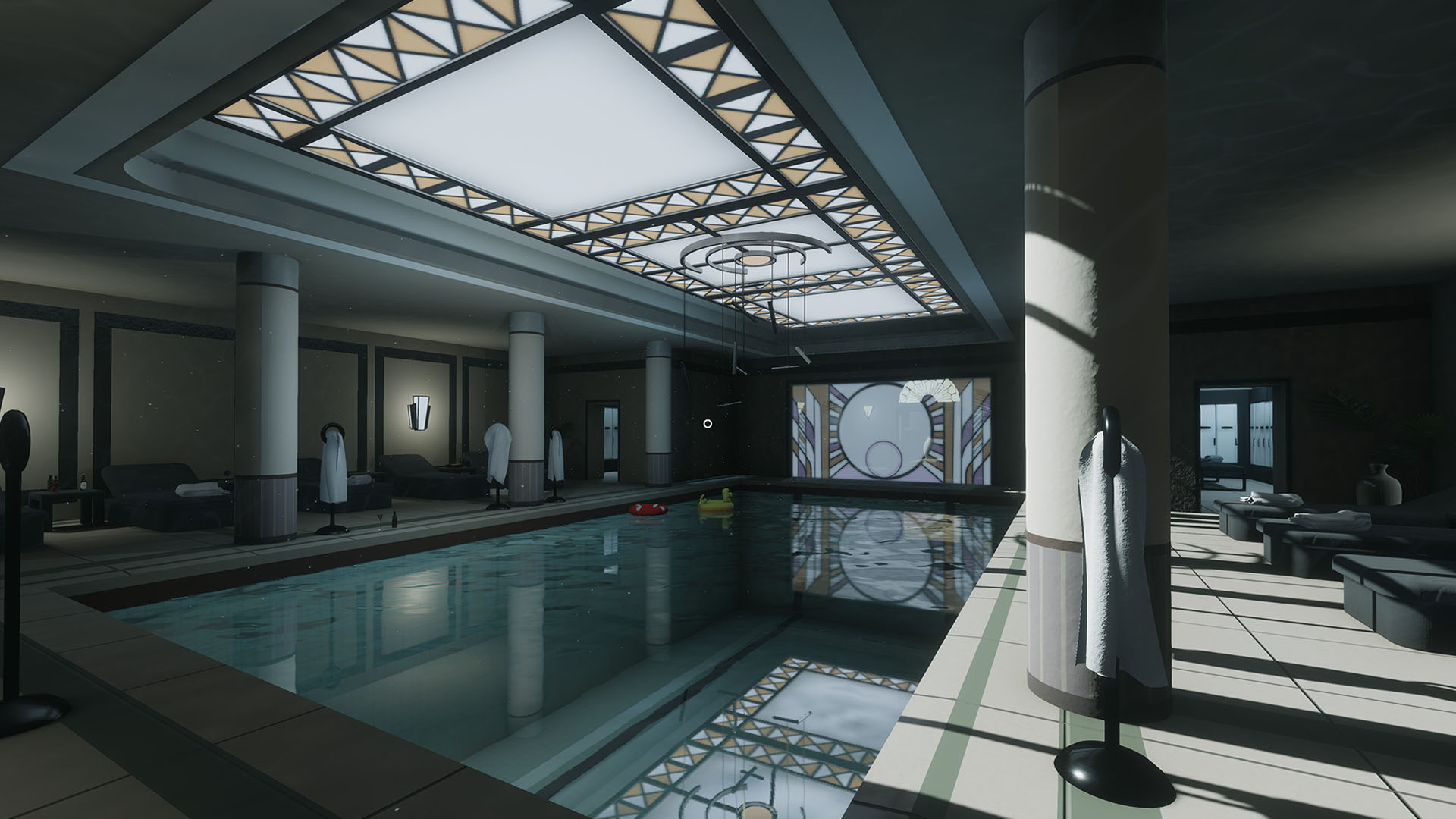
While The Spectrum Retreat’s range of influences – from Portal and Ether One to Black Mirror and The Shining – are all apparent through its design, aesthetic, atmosphere and narrative, it is wholly unique among its contemporaries. Providing not only an exceptionally well crafted, challenging and original set of puzzles and mechanics but also an intelligent, convincingly told story, Dan Smith’s debut game has sets a high bar for independent game development.
Review Disclaimer: This review was carried out using a copy of the game provided by the publisher. For more information, please read our Review Policy.
Reviewed using base PS4.
